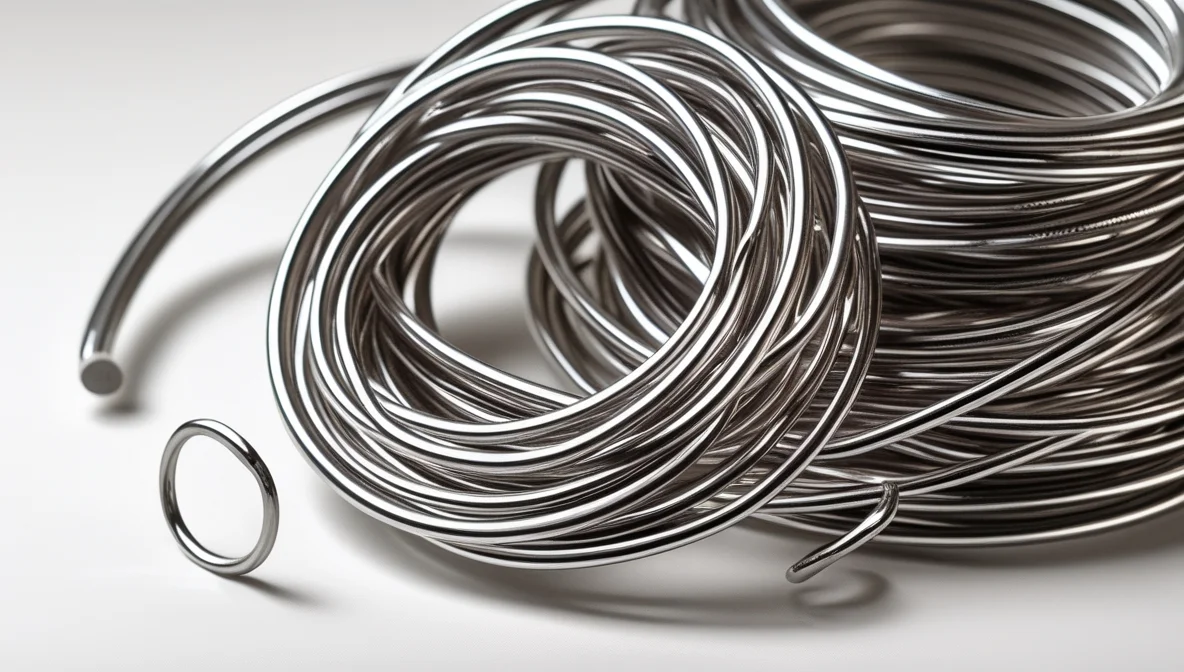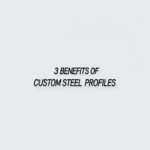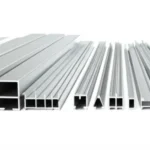.article-sssw-content-9 p { margin-bottom: 1em; line-height: 1.6; color: #333; }
.article-sssw-content-9 ul { margin-left: 25px; margin-bottom: 1em; list-style-type: disc; }
.article-sssw-content-9 li { margin-bottom: 0.5em; }
.article-sssw-content-9 strong { font-weight: 600; }
.article-sssw-content-9 a { color: #0066cc; text-decoration: none; }
.article-sssw-content-9 a:hover { text-decoration: underline; }
.article-sssw-content-9 .important { color: #c00; font-weight: bold; }


The lifespan of spring steel, or any spring for that matter, is not a fixed time period but is primarily determined by its fatigue life under specific operating conditions. Fatigue life refers to the number of load cycles a spring can endure before failing (usually by cracking or breaking).
Several factors heavily influence how long a spring made from spring steel will last:
- Operating Stress Range: This is the most critical factor. Higher stress levels, especially the range between minimum and maximum stress during a cycle, significantly reduce fatigue life. Springs operated well below their maximum allowable stress limits will last much longer.
- Frequency of Cycling: How often the spring is loaded and unloaded. A spring cycled millions of times will fail sooner than one cycled only thousands of times, assuming the same stress range.
- Material Type and Quality: Different spring steel grades (e.g., music wire, chrome silicon, stainless steel 302, 17-7PH) have inherently different fatigue strengths. Higher quality wire with fewer impurities or surface defects will generally have a longer fatigue life.
- Operating Environment:
- Corrosion: Rust or chemical attack creates stress concentration points on the surface, drastically reducing fatigue life. This is why stainless steel or coated carbon steel springs are used in corrosive environments.
- Temperature: Both very high and very low temperatures can affect the material’s properties and reduce lifespan. Elevated temperatures can cause relaxation (loss of load-bearing ability over time) and reduce strength.
- Spring Design: Factors like the spring index (ratio of coil diameter to wire diameter), end type, and whether the spring operates near its resonant frequency can affect stress distribution and lifespan. Proper design minimizes stress concentrations.
- Manufacturing Process: Surface finish, residual stresses from coiling, and post-coiling treatments like shot peening (which induces beneficial compressive stress) can significantly impact fatigue life.
Estimating Lifespan:
Engineers use S-N curves (Stress vs. Number of cycles to failure) specific to the material and operating conditions to predict fatigue life. Many well-designed springs operating within their limits can last for millions or even billions of cycles. For example, engine valve springs are designed for hundreds of millions of cycles.
Conversely, a poorly designed spring, an overloaded spring, or a spring operating in a corrosive environment might fail after only a few thousand cycles, or even on the first load if severely overloaded.
In conclusion, there’s no single answer like “spring steel lasts X years.” Its longevity depends entirely on how it’s designed, manufactured, and used. A properly selected and designed spring steel component operating within its intended parameters can have a very long service life, often lasting the lifetime of the device it’s part of.
How long does spring steel last? — This article provides a practical buyer‑focused overview with specifications, selection tips, and on‑site considerations. Explore related topics: blog.
Key Specifications and Standards
- Standards: ASTM / EN / JIS (e.g., ASTM A240/A36, EN 10088/10025, JIS G4304/G3131).
- Surface options: 2B, BA, No.4, HL, mirror; galvanized (electro / hot‑dip).
- Processing: hot‑rolled, cold‑rolled, annealed & pickled, welded or seamless.
- Typical services: slitting, shearing, cut‑to‑length, drilling, beveling, deburring.
- Documentation: MTC, CO, packing list with net/gross weight and heat numbers.
Typical Applications
Construction, machinery, automotive, energy, enclosures and fencing, food equipment (for stainless), and general fabrication. Match grade and finish to corrosion, strength, and appearance requirements.
Selection Guide
- Use certified material with Mill Test Certificate (MTC).
- Confirm standards (ASTM/EN/JIS) and tolerances per drawing.
- Match surface finish to application (2B/BA/No.4/galvanized).
- Specify dimensions and acceptable deviation upfront.
- Plan packaging and corrosion protection for transit.
Processing, Packaging and Logistics
We adopt edge protection, waterproof wrapping, rust‑inhibiting paper, fumigated pallets, and strapping suitable for sea freight. Loading photos and weight lists are provided for each shipment.
FAQs
Q: What lead time can I expect?
A: Typically 7–15 days ex‑works for standard sizes; custom processing may extend the schedule.
Q: Can you provide cut‑to‑size service?
A: Yes. We slit, shear, cut, drill, bevel and deburr to drawing to reduce waste and speed installation.
Q: How do you ensure quality?
A: Incoming inspection, process control, and final inspection with traceable heat numbers; third‑party inspection is available.
Q: Do you support small trial orders?
A: We support pilot quantities with consolidated shipping to control cost.
All values are typical and for guidance only; confirm with the datasheet and purchase order before production.
Related products: view details.
Related products: view details.





